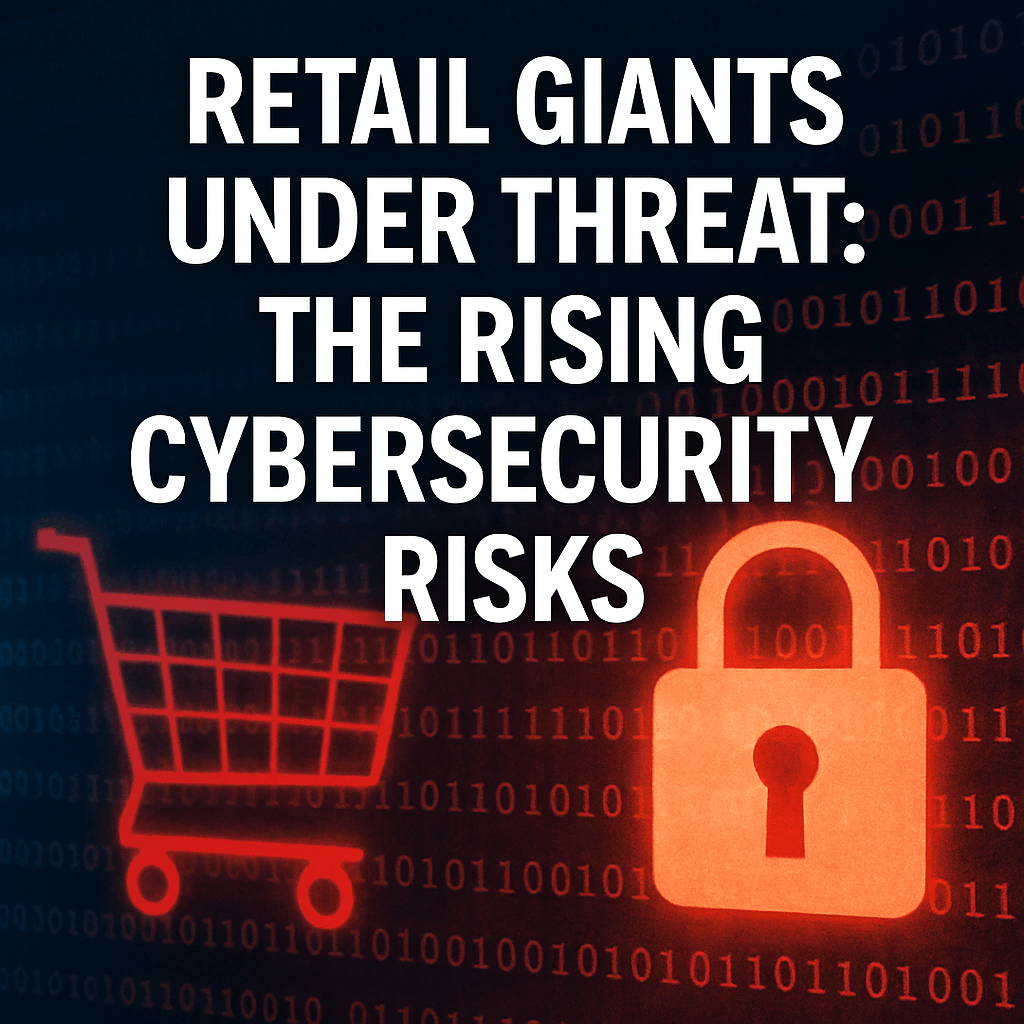Retail Giants Under Threat: The Rising Cybersecurity Risks

In recent weeks, major retail brands including Harrods, Co-op, Marks & Spencer (M&S), and Adidas have experienced cyber attacks that raised alarms throughout the industry. The repercussions for these companies are far-reaching, with M&S projecting a hit of approximately £300 million ($405 million) to its profits. Not only that, but the attack, which originated over the Easter holiday, has resulted in a staggering loss of over £750 million ($1 billion) in market capitalization.
Recent Attacks and Their Implications
On April 30, the Co-op suffered a breach wherein hackers accessed a “significant” volume of customer data, highlighting the increasing sophistication of cyber threats targeting retail operations. Just days later, on May 2, Harrods reported an attempted cyber intrusion; fortunately, they were able to thwart the attack before any damage occurred.
These incidents point to a critical vulnerability among retail businesses, despite the increasing awareness of cybersecurity threats. Retailers manage vast amounts of sensitive personal and financial information, making them a fertile ground for cybercriminals seeking valuable data.
Understanding the Motivation Behind Attacks
“Retailers are prime targets for cybercriminals due to the vast amounts of personal, financial, and other sensitive data they manage.”
— Marc Rivero, Lead Security Researcher, Kaspersky
Recent events reflect an alarming trend in the retail sector. On May 27, Adidas also fell victim to a cyber attack that involved the exploitation of customer data via a third-party service provider. The first line of defense for companies working with third-party vendors has been called into question, as seen in the case of M&S, where Tata Consultancy Services (TCS) launched an internal investigation to assess whether it served as the entry point for hackers.
The Role of Human Error in Cybersecurity Breaches
In cases like that of M&S, experts stress the role of human error in facilitating access to sensitive data. According to Rivero, social engineering is often a tactic employed to exploit existing weaknesses within organizational structures. Cyber attackers manipulate employees into divulging confidential information or compromising security protocols, effectively sidestepping even the most advanced cybersecurity measures.
- Social engineering tactics include:
- Phishing emails designed to harvest login credentials.
- Pretexting, where an attacker poses as a trusted person to gain information.
- Collaboration with insiders who may unwittingly assist in a breach.
Stuart Machin, CEO of M&S, reiterated this viewpoint by attributing the breach to human error, emphasizing the need for recovery while maintaining a focus on long-term strategic objectives. “We are now focused on recovery with the aim of emerging stronger and more resilient,” he stated.
Addressing Cybersecurity Vulnerabilities
Miya Knights, publisher of Retail Technology Magazine, asserts that retailers must treat cybersecurity with the same urgency as financial services. “As e-commerce has burgeoned into a crucial growth avenue, safeguarding the digital realm has become as vital as the security protocols within banks,” Knights remarked.
This sentiment is echoed by Rivero, who emphasizes the necessity for retailers to regularly reassess and fortify their cybersecurity strategies. A multi-layered security approach is crucial, as no single defense mechanism is entirely foolproof.
Mitigating Risks in Retail Cybersecurity
Companies need to enforce rigorous employee training programs that educate staff on recognizing phishing attempts and suspicious behavior. Rivero highlights that human oversight remains a common vulnerability exploited by attackers. He recommends:
- Regular risk assessments of third-party service providers to identify potential vulnerabilities.
- Implementing strict access controls for sensitive information.
- Conducting regular security audits to ensure compliance with regulatory standards.
- Employee training that includes not just non-IT staff, but also ongoing education for IT personnel regarding evolving cyber threats.
Additionally, the responsibility for cybersecurity does not lie solely with retailers. Consumers are also urged to adopt proactive measures to protect their digital privacy. This includes regularly updating passwords, enabling multi-factor authentication, and keeping a vigilant eye on financial accounts for any unusual activities. Rivero advocates for a holistic approach to cybersecurity that encompasses both organizations and their consumer base.
Conclusion
The spree of cyber attacks on major retailers should serve as a crucial wake-up call. As cybercriminals continually seek out vulnerabilities, the retail sector must adapt its security measures accordingly. The integration of robust defense mechanisms, regular assessments, and ongoing education will be key to combating this persistent threat.
In the rapidly evolving digital landscape, where every click can open the door to security breaches, a comprehensive, resilient cybersecurity strategy is not just an operational necessity—it’s a foundational requirement for survival in the retail industry.
Source: fortune